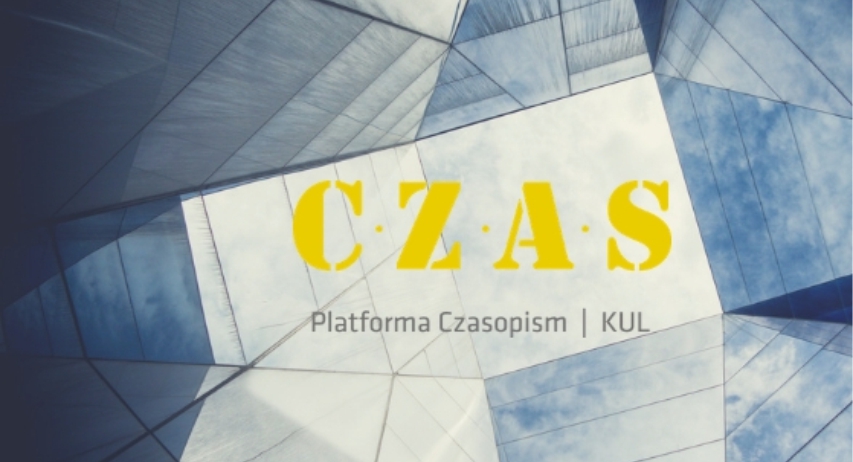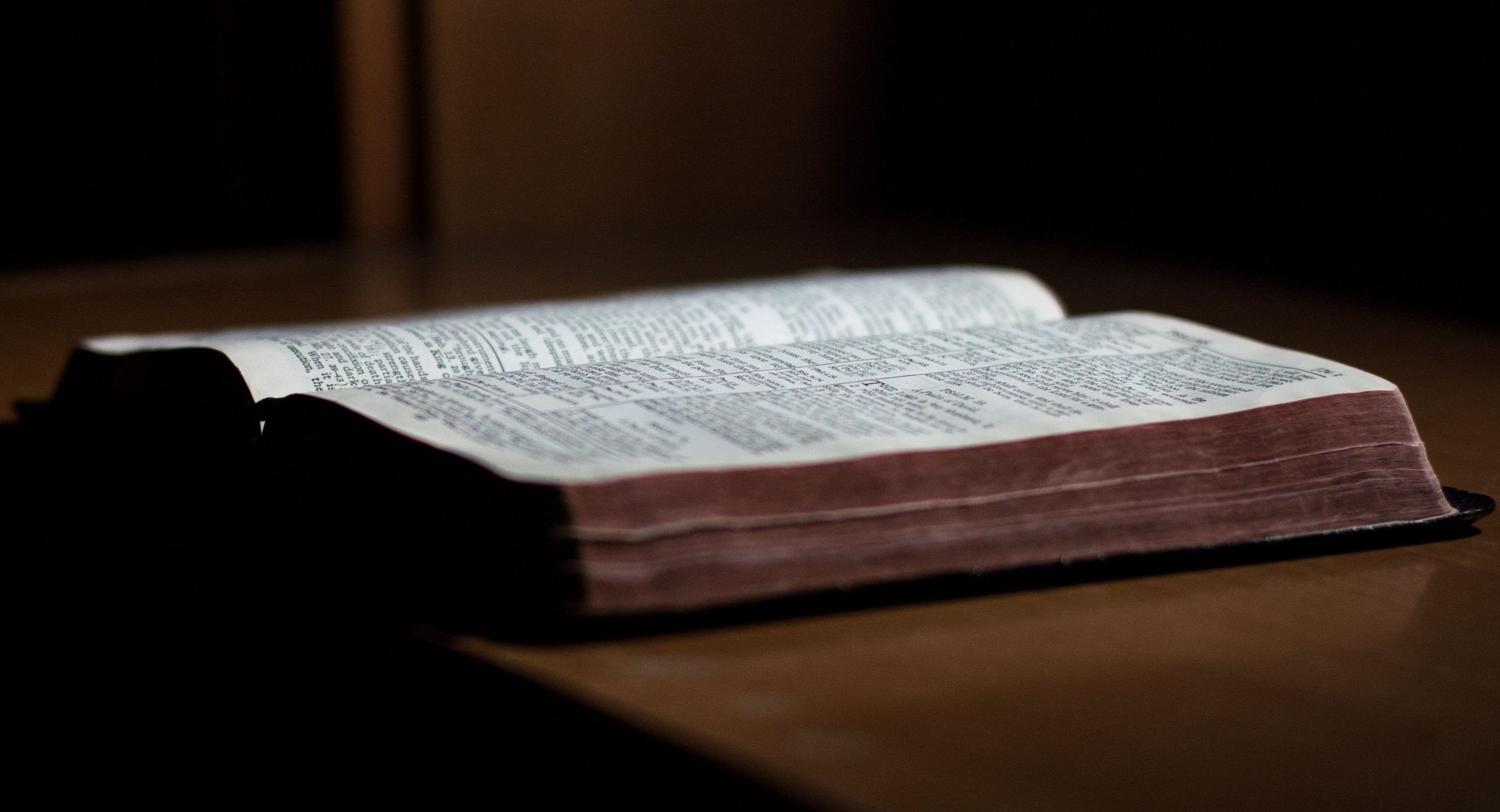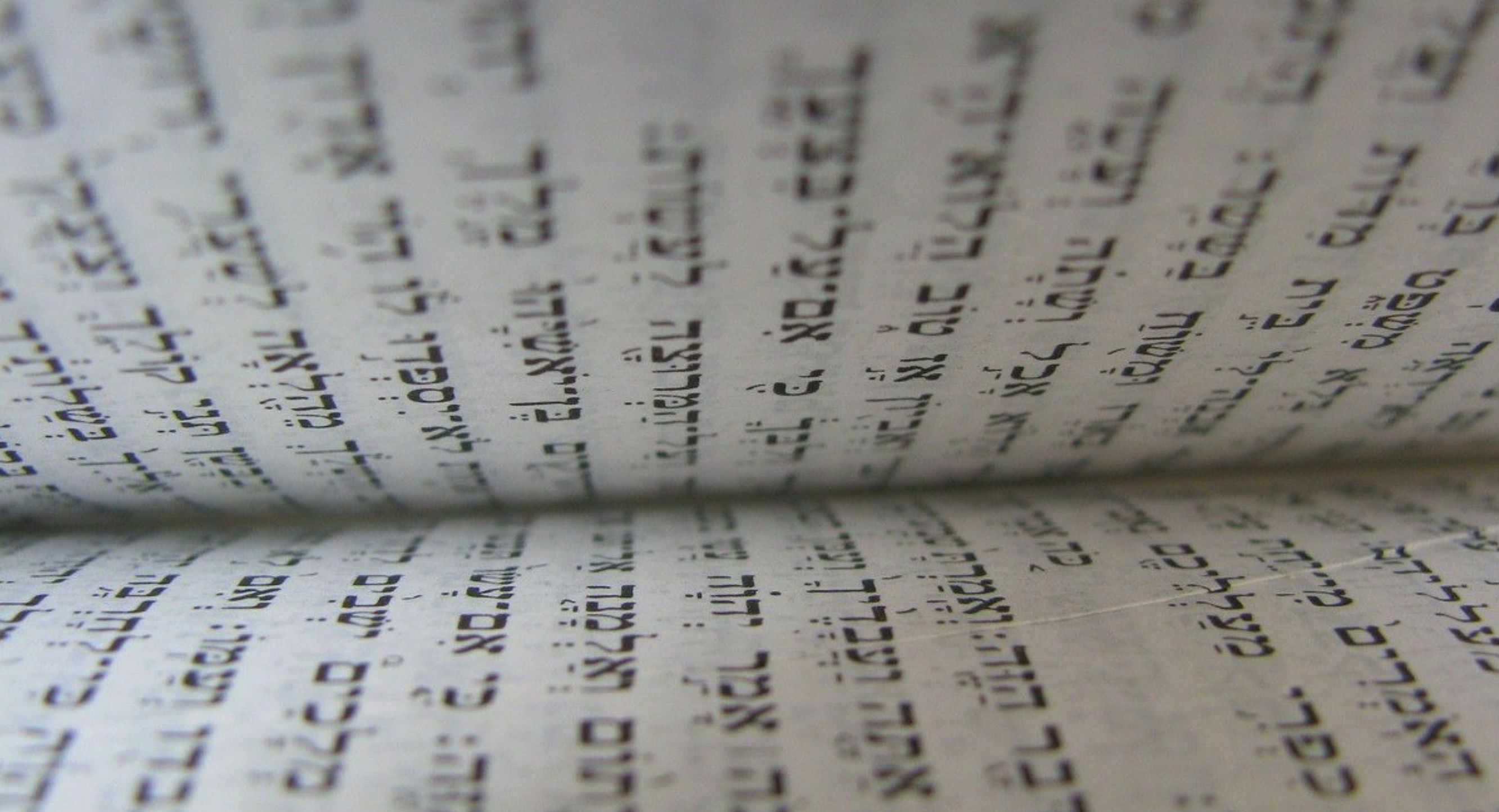Apocalypse on the Mount
The Relationship Between Matthew 5:18 and 27:45, 51b
Abstract
This article claims that the “passing away of heaven and earth” (Matt 5:18), until which the Torah is to be preserved whole according to Matthew, is proleptically realised during the crucifixion which is accompanied by the darkening of the sun (27:45) and earthquake (27:51b). Consequently, at that point the Torah ceases to be the central and unique legal code for Matthew and becomes mediated by Jesus’ own teaching. This claim is evidenced by Matthew’s subtle, yet sudden disinterest with the Law after the crucifixion.
Keywords:
Matthew 5:18, Matthew 27:45, Matthew 27:51, Torah, crucifixionReferences
Allison, D.C., The End of the Ages Has Come. An Early Interpretation of the Passion and Resurrection of Jesus (Philadelphia, PA: Fortress 1985).
Betz, H.D., The Sermon on the Mount. A Commentary on the Sermon on the Mount, Including the Sermon on the Plain (Matthew 5:3–7:27 and Luke 6:20–49) (Hermeneia; Minneapolis, MN: Fortress 1995).
Brown, R.E., The Death of the Messiah. From Gethsemane to the Grave. A Commentary on the Passion Narratives in the Four Gospels (Anchor Bible Reference Library; London: Chapman 1994) I–II.
Davies, W.D., Christian Origins and Judaism (Philadelphia, PA: Westminster 1962).
Davies, W.D., “Matthew, 5, 17–18,” Mélanges bibliques rédigés en l’honneur de André Robert (ed. [n.d.]) (Paris: Bloud & Gay 1957) 428–456.
Davies, W.D., Torah in the Messianic Age and/or in the Age to Come (Journal of Biblical Literature Monograph Series 7; Philadelphia, PA: Society of Biblical Literature 1952).
Davies, W.D – Allison, D.C., A Critical and Exegetical Commentary on the Gospel According to Saint Matthew (International Critical Commentary; Edinburgh: Clark 1988) I–III.
Deines, R., Die Gerechtigkeit der Tora im Reich des Messias. Mt 5,13–20 als Schlüsseltext der matthäischen Theologie (Wissenschaftliche Untersuchungen zum Neuen Testament 177; Tübingen: Mohr Siebeck 2005).
Deines, R., “Not the Law but the Messiah: Law and Righteousness in the Gospel of Matthew – An Ongoing Debate,” Built upon the Rock. Studies in the Gospel of Matthew (eds. D.M. Gurtner – J. Nolland) (Grand Rapids, MI – Cambridge: Eerdmans 2008) 53–84.
Delling, G., “πληρόω,” Theological Dictionary of the New Testament (eds. G. Kittel – G. Friedrich; trans. G.W. Bromiley) (Grand Rapids, MI: Eerdmans 1968) VI, 286–298 (=TDNT).
Fletcher-Louis, C.H.T., “The Destruction of the Temple and the Relativization of the Old Covenant: Mark 13:31 and Matthew 5:18,” ‘The Reader Must Understand’. Eschatology in Bible and Theology (eds. M.W. Elliott – K.E. Brower) (Leicester: Apollos 1997) 145–169.
Foster, P., The Gospel of Peter. Introduction, Critical Edition and Commentary (Texts and Editions for New Testament Study 4; Leiden: Brill 2010).
France, R.T., The Gospel of Matthew (New International Commentary on the New Testament; Grand Rapids, MI – Cambridge: Eerdmans 2007).
Gruen, W., “Seeking the Context for the Testament of Job,” Journal for the Study of Pseudepigrapha 18 (2009) 163–179.
Hachlili, R., Jewish Funerary Customs, Practices and Rites in the Second Temple Period (Supplements to the Journal for the Study of Judaism 94; Boston, MA – Leiden: Brill 2005).
Hagner, D.A., Matthew 14–28 (WBC 33B; Dallas, TX: Word Books 1995).
Haralambakis, M., The Testament of Job. Text, Narrative and Reception History (The Library of Second Temple Studies 80; London: Bloomsbury 2012).
Keener, C.S., A Commentary on the Gospel of Matthew (Grand Rapids, MI – Cambridge: Eerdmans 1999).
Kraemer, D.C., The Meanings of Death in Rabbinic Judaism (London – New Yor: Routledge 2000).
Ljungman, H., Das Gesetz erfüllen. Matth. 5,17ff. und 3,15 untersucht (Lund: Gleerup 1954).
Luz, U., Matthew 1–7. A Commentary (Hermeneia; Minneapolis, MN: Fortress 2007).
Luz, U., Matthew 21–28. A Commentary (Hermeneia; Minneapolis, MN: Fortress 2005).
Luz, U., Studies in Matthew (Grand Rapids, MI – Cambridge: Eerdmans 2005).
McCane, B.R., Roll Back the Stone. Death and Burial in the World of Jesus (Harrisburg, PA: TPI 2003).
Meier, J.P., Law and History in Matthew’s Gospel. A Redactional Study of Mt. 5:17–48 (Analecta Biblica 71; Rome: Biblical Institute Press 1971) 76–80.
Meier, J.P., “Salvation-History in Matthew: In Search of a Starting Point,” Catholic Biblical Quarterly 37 (1975) 203–215.
Oliver, I.W., Torah Praxis after 70 CE. Reading Matthew and Luke-Acts as Jewish Texts (Wissenschaftliche Untersuchungen zum Neuen Testament 2/355; Tübingen: Mohr Siebeck 2013).
Sim, D.C., Apocalyptic Eschatology in the Gospel of Matthew (Society for New Testament Studies Monograph Series 88; Cambridge: Cambridge University Press 1996).
Stanton, G.N., A Gospel for a New People. Studies in Matthew (Edinburgh: Clark 1992).
Strack, H.L. – Billerbeck, P., Kommentar zum Neuen Testament aus Talmud und Midrasch (München: Beck 1922–1961) I–VI.
Wills, L.M., “Testament of Job,” Ancient Jewish Novels. An Anthology (ed. L.M. Wills) (Oxford: Oxford University Press 2002) 242–268.
Wise, M.O., A Critical Study of the Temple Scroll from Qumran Cave 11 (Studies in Ancient Oriental Civilization 49; Chicago, IL: Oriental Institute of the University of Chicago 1990).
Uniwersytet Humboldtów w Berlinie
License
- Pursuant to the Act on Copyright and Related Rights of February 4, 1994, the Author of the publication grants to the Publisher of the journal „The Biblical Annals” e a non-exclusive and royalty-free license to use the Work submitted for publication, without time and territorial restrictions in the following fields of use:
a) record the Work and copy it by means of any technique (including printing and electronic recording) on all known data carriers (including IT, electronic and polygraphic), and in all IT systems (in particular those available online);
b) enter the Work into computer memory, disseminate the Work and its copies, as well as market the Work and its copies;
c) publicly perform, replay, display and screen the Work, as well as lend, rent and lease the Work and its copies;
d) make available, market and disseminate the Work and its copies via IT networks, and in particular via the Internet, including the promotion or advertising of the Work, the journal or the Publisher. - The Author shall further grant his/her consent for the Publisher to use and dispose of derivative works.
- The Publisher may sublicense the work.
- Third parties may use the articles and other materials containing the Works, or developed on the basis of the Works in line with the model Creative Commons Attribution 4.0 International (also referred to as CC BY 4.0).







